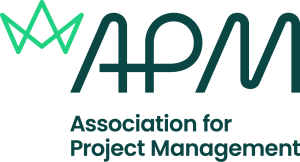In early 2020, following the 2018 announcement of significant delay to the opening of Crossrail and the associated cost increases, the Crossrail programme was hit by yet another blow – COVID-19. The programme stopped all work in March 2020 and set about developing a recovery strategy to achieve the original objectives as closely as possible, while working out how to deal with this unknown and unforeseen threat
In August 2020, the Crossrail Ltd (CRL) Board endorsed a Recovery Strategy and schedule that set targets for Entry into Railways and Other Guided Transport Systems (ROGS) regulations and Trial Running of 26 March 2021, Entry into Passenger Service for the Central Operating Section (COS) in the first half of 2022, partial through running from the Great Eastern and Great Western networks in December 2022 and full through running of 24 trains per hour (tph) in mid-May 2023. Since then, all these objectives have been met, with the programme on target to achieve 24 tph on 21 May 2023.
This paper describes the Crossrail response to the programme challenges experienced since the announcement of the delay to passenger service opening in 2018. There are no groundbreaking or extraordinary insights here; rather, the Crossrail programme’s response serves as a case study of how the deployment of programme management tools and recovery techniques can result in an extraordinary outcome despite the challenges.





